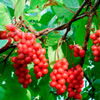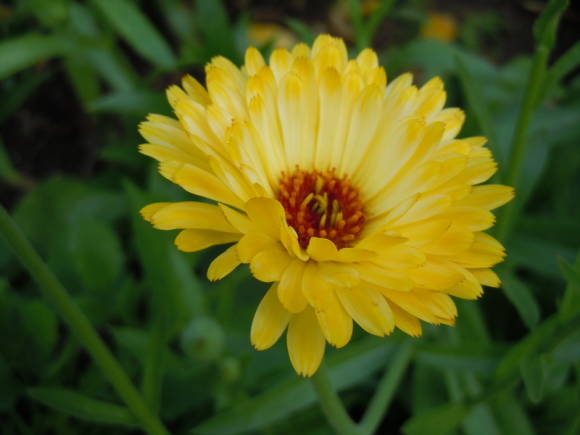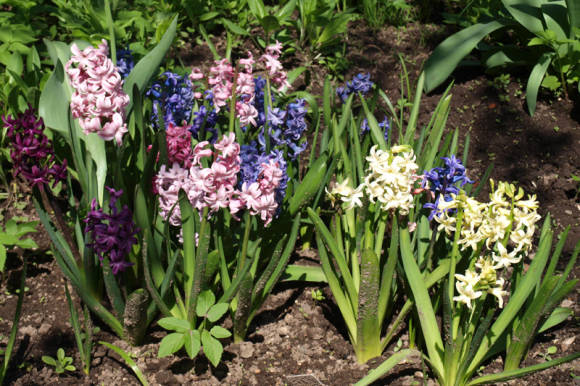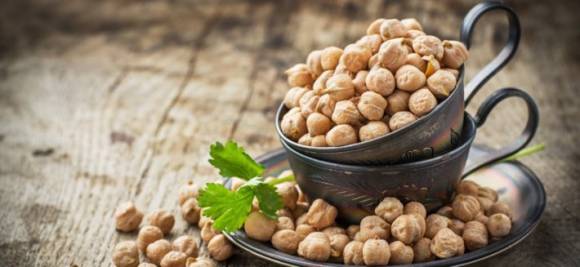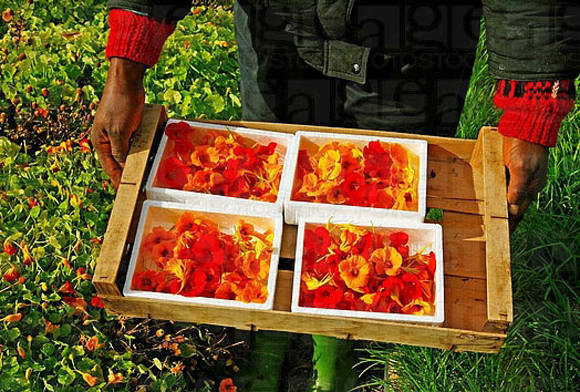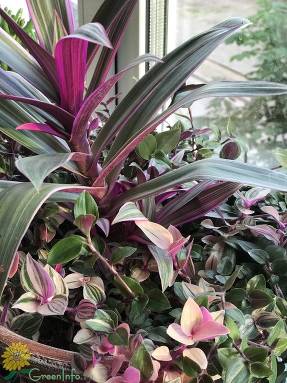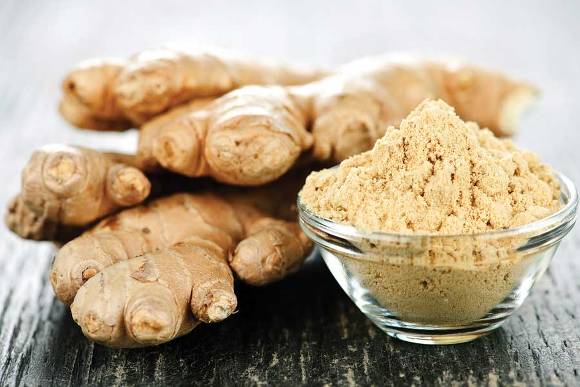
Burnet medicinal (Sanguisorba officinalis), among the people - thigh, herzhnik - a perennial herb from the Rosaceae family with a thick horizontal lignified rhizome up to 15-18 cm long, from which numerous branched roots extend. The stems of the plant are mostly solitary, ribbed, branched in the upper part, over 120 cm in height. Basal leaves are large, petiolate, have up to 20 lobes or more. The leaves are glabrous, dark green above, glaucous below.
The flowers are small, dark purple, collected in dense oval spike-shaped inflorescences, located on a long peduncle at the ends of the branches. Burnet blooms from June to August and enjoys the fame of a good honey plant and an excellent fodder plant.
The original appearance of the burnet, its growth, openwork leaves, a peculiar form of inflorescences make it a valuable ornamental plant.
Burnet is not difficult to grow on your site. It can be propagated vegetatively (by shoots of rhizomes) or by seeds. In the latter case, it is better to carry out spring sowing of seeds that have passed two-week stratification. Under indoor conditions, its seeds remain viable for up to 1.5 years. They are sown in rows to a depth of 1.5-2 cm, watered and sprinkled with peat chips. At first, frequent watering is required for the seeds to swell and germinate, and after emergence, moderate but regular watering.
Young plants are very responsive to care, especially to feeding with complex fertilizers in early spring, immediately after the snow melts. Burnet are not affected by any pests and diseases when grown in the garden.
Medicinal properties of burnet

For medicinal purposes, the rhizome and roots of the plant are used. They are harvested during the period of fruiting and wilting of the aboveground part, i.e. from mid-August to October, but it is also possible in April, before the beginning of the growing season of plants. The dug out rhizomes are shaken off the ground, the aerial part and thin roots are cut off and washed with cold running water.
Before drying, the rhizomes are cut into pieces 15-20 cm long, thick ones also along. Then they are dried in the sun and dried in rooms with good ventilation or in dryers at a temperature of 45-50 ° C. Dried raw materials have a tart taste, odorless, dark brown outside, yellowish at the fracture. It can be stored in dry ventilated rooms for up to 5 years.
Burnet roots have a rich but very distinctive chemical composition. They contain more than 30% tannins, more than 3% saponins, more than 1% essential oil, have a rich mineral composition, contain a significant amount of vitamin C and carotene, and a lot of dyes. This chemical composition is responsible for their anti-inflammatory, astringent and bactericidal effect.
Burnet is used as an astringent and hemostatic agent for gastrointestinal diseases, for hemoptysis, and also externally as a wound healing agent, for rinsing in the treatment of inflammation of the gums and oral mucosa. In folk medicine - for headaches and sore throats. Burnet rhizome is widely used in Chinese and Tibetan medicine.
In folk medicine, burnet is used as a strong hemostatic agent for internal bleeding.
To prepare the broth, you need 1 tbsp. pour a spoonful of chopped roots with 1 glass of boiling water, heat in a water bath in a sealed container for 30 minutes, insist in a warm place for 2.5 hours, strain. Take 1 tbsp. spoon 5 times daily before meals.
For acute dysentery, herbalists recommend a collection consisting of 1 teaspoon burnet root, 3 teaspoon plantain leaves, 2 teaspoon fireweed leaves, 3 teaspoon nettle leaves, 2 teaspoon yarrow herb. To prepare the infusion, you need 1 tbsp. pour a spoonful of the crushed mixture into 1.5 cups of boiling water, boil over low heat for 2-3 minutes, insist in a warm place for 1 hour, strain. Take 1 glass 3-4 times a day 40 minutes before meals. Take the broth for a long time in agreement with the attending physician.
As a strong fixing agent, a collection consisting of 2 hours of burnet root, 3 hours of alder seedlings, 2 hours of bird cherry fruits, 1 hour of willow bark is used. To prepare the infusion, you need 1 tbsp. pour a spoonful of the mixture with 1 glass of boiling water, leave for 30 minutes, drain. Take 0.75 cups 3 times daily before meals.
It is especially widely used in astringent tea. To prepare it, 1 tablespoon of a mixture of equal shares of the rhizome of the burnet and the rhizome of the coil must be poured with 1 cup of boiling water, boiled in a water bath for 30 minutes, and filtered. Take 0.25 glasses 4 times a day.
In chronic sinusitis, a collection is used, consisting of 2 hours of burnet root and 1 hour of barberry root. To prepare the broth, you need 3 tbsp. spoon the chopped mixture pour 1 glass of cold water, boil for 15 minutes, insist in a warm place for 1 hour, drain. Apply for rinsing the nasal cavity and for inhalation, 0.25 cups per procedure.
In acute laryngitis, a collection consisting of equal shares of burnet root and oak bark is used. To prepare the broth, you need 1 tbsp. pour a spoonful of collection with 1 glass of water, boil for 12-15 minutes, insist in a warm place for 40 minutes, drain. Apply for inhalation 0.25 cups of broth per procedure.
For pulmonary tuberculosis, herbalists recommend a collection consisting of 1 tsp burnet root, 3 tsp St. John's wort, 2 tsp knotweed herb, 2 tsp licorice root, 2 tsp lungwort herb. To prepare the infusion, you need 1 tbsp. pour a spoonful of the crushed mixture with 1 glass of boiling water, insist in a thermos for 2 hours, strain. Take 1 glass 4-5 times a day 30 minutes before meals. The course of treatment is long, every 8 weeks of treatment, a break of 10 days.
For hemorrhoids, an excellent medicine is an infusion of burnet root, which is used for a sitz bath. The duration of the procedure is 10-15 minutes, the course of treatment is 10-12 days.
The same infusion is used to rinse the oral cavity for stomatitis, gingivitis and other diseases.
A decoction of the rhizomes and roots of the burnet can be successfully applied in the form of compresses in cases where the blood vessels are too close to the surface of the skin.
Burnet is also known as a food plant. Its young leaves, when rubbed, emit a strong cucumber aroma. Salads are prepared from them, and dried ones are put in soups. Young burnet rhizomes can also be added to salads, but for this they must be peeled and soaked for 5-6 hours in water, changing it periodically. Dried roots are suitable for making tinctures and various spices.
"Ural gardener", No. 29, 2010
